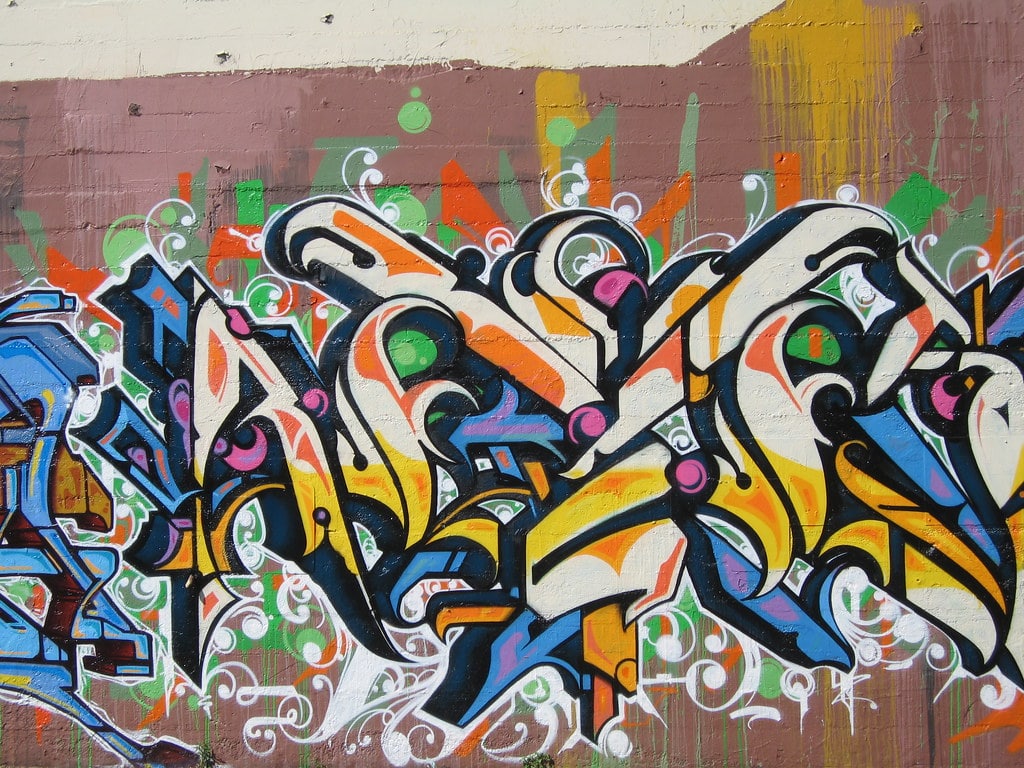Recently, Mercedes-Benz created a controversy by photographing its new luxury G-Class SUV vehicle in front of famous street murals created by artists in Detroit. Mercedes-Benz posted several of the photos on Instagram as part of a marketing campaign without the consent of the artists and without compensating them. The photos depicted buildings and murals located in Detroit’s Eastern Market district. Building-sized murals and other street art have been key components of the city’s efforts to revitalize the district, restore retailing and encourage tourism.
After seeing the photographs, three of the artists sent letters to Mercedes-Benz claiming that, because Mercedes-Benz did not obtain permission from them first, use of the murals in their advertising was copyright infringement. See news report here.
The case is interesting in several respects. First, the case is of interest for how Mercedes-Benz responded. If one is being accused of infringement, one potential reaction is to initiate litigation in federal court seeking a declaration from the judge that there has been no infringement. This was the action taken by Mercedes-Benz.
The second interesting aspect of the case is how street murals fit within the legal structure created by the Architectural Works Copyright Protection Act (“AWCPA”). See 17 U.S.C. § 120(a). The AWCPA was passed by Congress in 1990 to give copyright protection to architects. Congress defined an “architectural work” as “the design of a building as embodied in any tangible medium of expression, including a building, architectural plans, or drawings.” 17 U.S.C. § 101. However, the AWCPA carved out an exception allowing buildings to be photographed, painted and otherwise depicted without infringing the newly-recognized “architectural work” copyright.
Mercedes-Benz has argued that the AWCPA protects its depiction of the Eastern Market murals in its photos. This is an uncertain area of law since there are no court decisions applying the AWCPA to murals painted on buildings.
After the enactment of the AWCPA, courts were confronted with the question of whether sculptures, ornaments, murals and other artistic elements added to a building were included within the definition of “architectural work.” The seminal case dealing with the AWCPA is the case of Leicester v. Warner Bros., 232 F. 3d 1212 (9th Circuit 2000). Leicester involved claims of copyright infringement related to sculptural and artistic features on a group of Los Angeles bank buildings that were depicted extensively in the Batman Forever movie. The sculptural elements were created by artist Andrew Leicester. In particular, he designed gates, sculptures, fountains and other features for a courtyard space at the bottom of the buildings and designed “lantern towers” and “smoke towers” that were installed at the top of the buildings. Prior to the movie being made, he had successfully registered copyrights for these elements as a “sculptural work.” After the movie premiered, he claimed that his copyrights were infringed by Warner Brothers. He eventually sued for copyright infringement and other claims.
After lengthy court proceedings, Leicester lost his case against Warner Brothers with respect to the lantern and smoke towers. The court held, and the Ninth Circuit affirmed, that those elements were part of the building and part of the “architectural work.” They had been designed to be part of and incorporated into the buildings’ plan, design and structure and the towers generally matched the architecture and appearance of the buildings. As such, the court held that Warner Brothers did not infringe Leicester’s copyright because of the exemption contained in the AWCPA.
The Detroit Murals case is now pending before District Court Judge Avern Cohn. Citing the Leicester case, Judge Cohn has already held that Mercedes-Benz has a legitimate argument that the AWCPA protects it from claims of copyright infringement. See Mercedes Benz, USA, LLC. v Lewis, Case No. 19-10948 (E.D. Michigan, September 11, 2019). The case is in the early procedural stages and Judge Cohn has made no ruling on the specific issue of whether the murals are part of the “architectural work” represented by the buildings. It will be interesting to see what he decides. Likely, in resolving the question, Judge Cohn will explore various factual questions including:
- The functionality of the murals
- When the murals were added
- The purpose and intent of adding the murals
- Existence of copyright licenses/assignments granted by the artists
- Whether the murals match or blend with the architecture/appearance of the buildings
- How the murals fit within the design and structure of the buildings
- Whether the artistic elements of the murals can be separated out from the architectural elements
- Whether the buildings were modified to allow for the murals
- Whether the murals can be removed without destroying them
- The expected life span of the murals
- Whether the buildings have acquired a distinctiveness because of the murals
- And more
Copyright issues like these raise many interesting and complex legal questions.
If you have questions about protecting your copyrights and other intellectual property, contact the copyright lawyers at Revision Legal at 231-714-0100.




